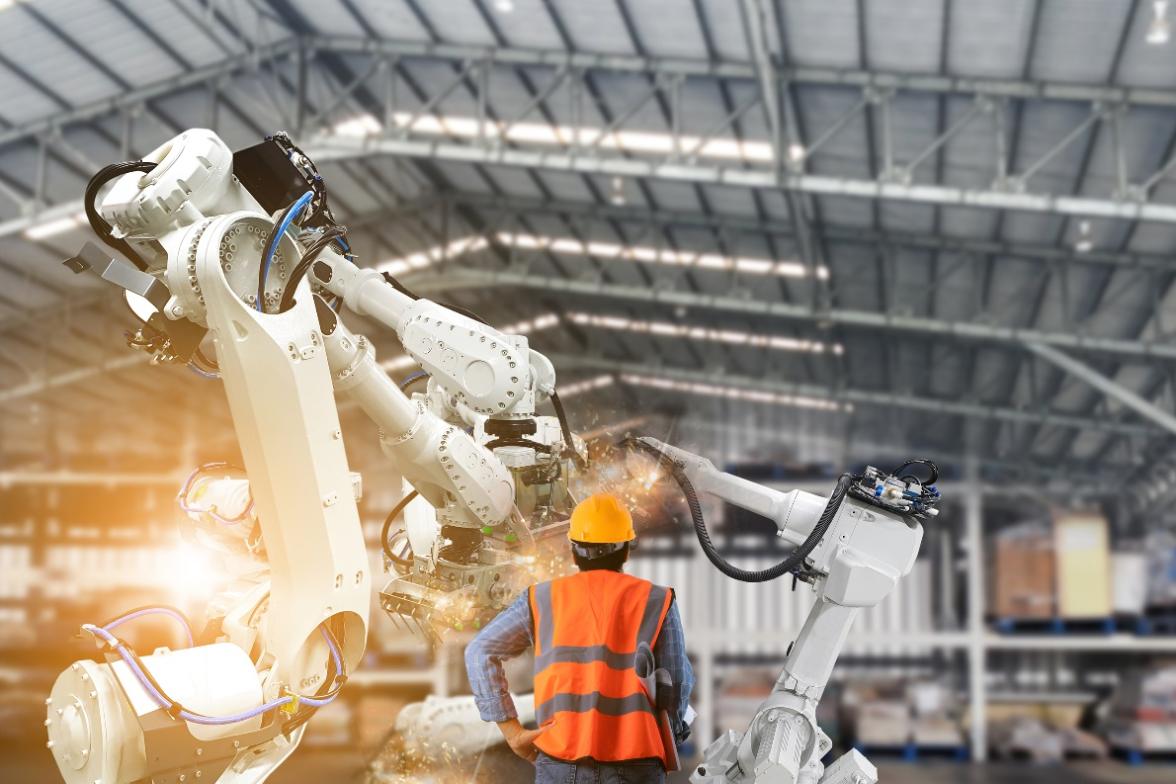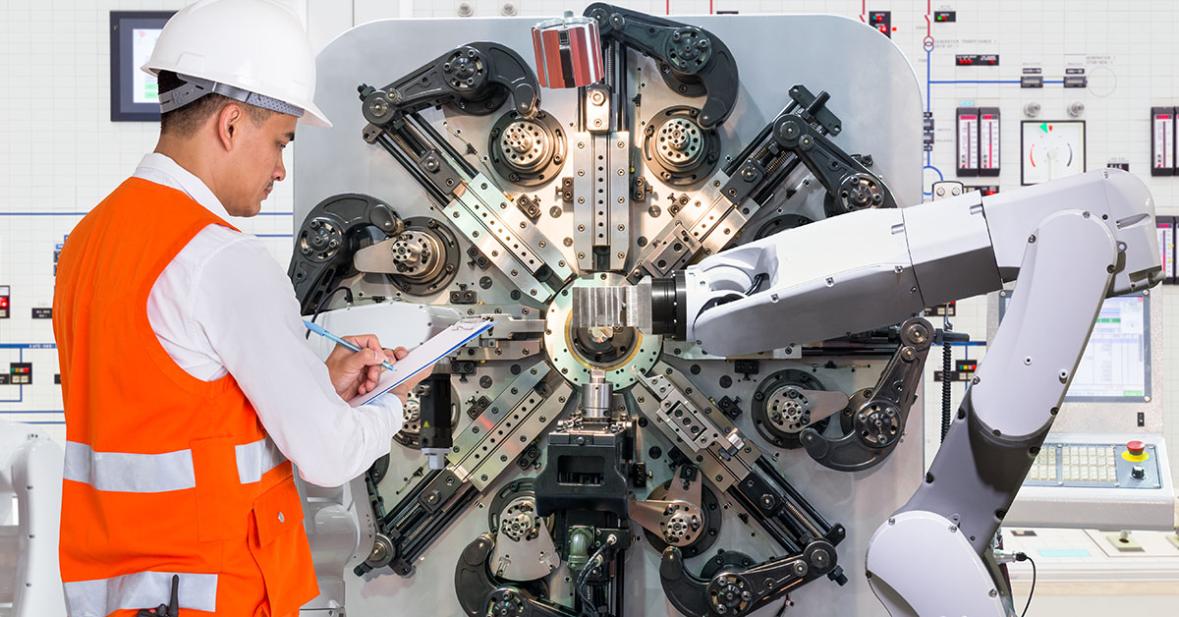Exploring the Challenges and Opportunities of Reinforcement Learning in Robotics
Reinforcement learning (RL) is a powerful machine learning technique that has shown great promise in a wide range of applications, from game playing to robotics. RL algorithms learn by interacting with their environment, receiving rewards for good actions and punishments for bad actions. Over time, the algorithm learns to take actions that maximize the rewards it receives.

RL is a particularly promising approach for robotics because it allows robots to learn how to perform complex tasks without being explicitly programmed. This is especially important for tasks that are difficult to program manually, such as walking, grasping objects, and navigating complex environments.
Challenges Of Reinforcement Learning In Robotics
While RL has great potential for robotics, there are also a number of challenges that need to be addressed. Some of the key challenges include:
- Sample inefficiency: RL algorithms typically require a large number of samples to learn effectively. This can be a problem for robotics, where it is often difficult or expensive to collect data.
- Exploration-exploitation dilemma: RL algorithms need to balance exploration (trying new things) and exploitation (taking advantage of what they have learned so far). This can be a difficult balance to strike, especially in complex environments.
- Generalization: RL algorithms often have difficulty generalizing their knowledge to new situations. This can be a problem for robotics, where robots often need to be able to operate in a variety of different environments.
- Safety: RL algorithms can sometimes learn behaviors that are unsafe or destructive. This is a major concern for robotics, where robots can potentially cause damage to property or harm to people.
Opportunities Of Reinforcement Learning In Robotics
Despite the challenges, RL also offers a number of opportunities for robotics. Some of the potential benefits of RL in robotics include:
- Autonomous learning: RL allows robots to learn how to perform tasks without being explicitly programmed. This can save time and effort for robot developers.
- Adaptability: RL algorithms can learn to adapt to new situations, making them well-suited for tasks that require flexibility.
- Generalization: With the right approach, RL algorithms can learn to generalize their knowledge to new situations, making them useful for a wide range of tasks.
- Safety: RL algorithms can be used to learn safe behaviors for robots. This can help to prevent accidents and injuries.

RL is a powerful machine learning technique with great potential for robotics. However, there are also a number of challenges that need to be addressed before RL can be widely used in robotics applications. As these challenges are overcome, RL is likely to play an increasingly important role in the development of autonomous robots.
YesNo

Leave a Reply